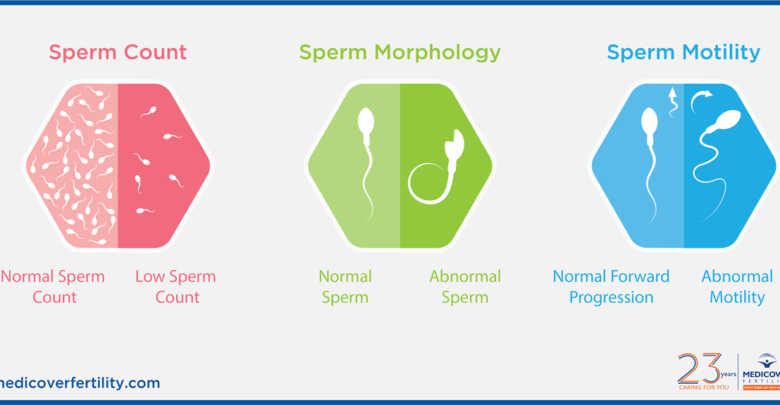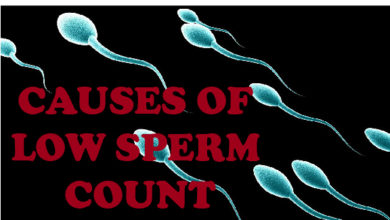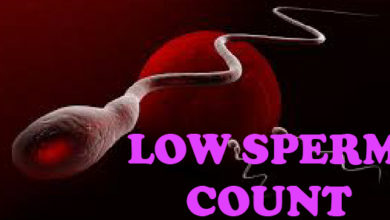How to Prepare for Semen Analysis Test

The semen analysis test, also known as seminal fluid analysis, is a major determinate test for male infertility issues. It is one test whose results can, at the least mistake, be significantly affected. These mistakes are mostly as a result of pre-analytical (before testing in the lab) errors, hence the need to be well informed for effective preparation and accurate sample collection.
Among the challenges that impede correct sample collection include:
a) Behaviour, stigma and cultural connotation related to sex. This makes many find it difficult to listen and strictly adhere to the required procedures that are explained to them at the lab;
b) Some labs are not well equipped to explain or better still, simply fail to properly explain sampling procedures and related matters of the test accurately to patients.
The cause of errors include;
1. Inappropriate/Incomplete labelling
2. Using wrong sample container
3. Wrong sampling method
4. Incomplete ejaculation
5. Delay in sending sample to lab and/or adhering to poor storage conditions
6. Poor abstinence
This write-up is mainly aimed at elucidating the sampling procedure and why they must be adhered to. It is geared towards avoiding the errors before, during and after sample collection to ensure generation of accurate report stemming from the actual constitute in the body.
About the test:
The semen analysis test is done to count sperm cells in an ejaculate, estimating the percentages that are moving correctly (motility), those dead (vitality), the presence of white blood cells (leukocytes) indicating infection (Leucoscreen), the morphology of the sperms, and determining the chemical components such as pH, fructose, colour, viscosity and so on. The test is often done at the request of a gynaecologist or any other health professional in relation to one’s fertility issues. It is as well noteworthy that the extent of investigation is laboratory (lab) dependent; whiles some labs end at counting semen cells only, others go to the extent of examining their morphology and determining the chemical composition of an ejaculate. Since most labs have limited facility to complete a holistic testing as required and recommend by the World Health Organisation (WHO), choosing the appropriate lab for testing is of much importance as preparing for the test.
Test procedure/ Requirements
1. Abstinence: One essential aspect of semen analysis is abstinence. It is required that you abstain from any sexual act including masturbation for at least 3 days and not more than 7 days before sample collection. This ensures optimum accumulation of sperm cells, if present, for effective analysis.
2. Sample Container: You are required to obtain special sample container and bag from the lab prior to testing. Using inappropriate sample container will make the lab reject the sample and you will have to go through the procedure again some other time. Sample containers for the analysis are sterile (very clean per lab standard), usually wide mouthed and with a screw tight lid.
3. Location: Most stand-alone labs, as well as hospital labs, do not own a dedicate room suitable for sample collection and so will direct you to a washroom which may not be too convenient. It is therefore recommended to take sample at home and submit to lab (with caution as explained below) or book a guest house close to lab so you can easily transport sample to lab at a stipulated time (as explained below).
4. Sampling method: It is highly recommended that the semen sample is obtained by masturbation. This method reduces contamination from vagina in the case of coitus interruptus (withdrawal method). Condoms, gels and other creams are discouraged as they may contain spermicidal agents (chemicals that kill the sperm cells). They may also alter pH and chemical component of the semen.
5. Volume: The volume of an ejaculate (a semen sample) is a very good marker in fertility studies. It is therefore important to collect the whole sample (everything per ejaculate – one complete ‘come’). It is also a caution that you do not try a second masturbation to increase the volume. An ejaculate is not voluminous (averagely 3-4mL or teaspoon fulls) so submit exactly what you produced once. Your true volume will help in the diagnosis of your condition as to whether or not there are enough sperms per one ejaculate to effectively produce results as expected.
6. Collection: Collect seminal fluid into the specimen container and screw the lid down firmly.
7. Labelling: Labelling a sample is a very important procedure in laboratory operations. The lab can go ahead and reject a sample that is not correctly labelled. Therefore, make sure your full name, date of birth, the date and time of collection (time ejaculation was completed) are clearly written on the sample with a permanent pen or marker. You can write this information on a paper and attach to the container with a tape.
8. Package and Storage: Place the well labelled specimen in the carrier bag supplied by the lab with the request form (if any). The sample is kept warm (about 37oC) equivalent to one’s body temperature. Do not put the sample in a fridge or freezer.
9. Delivery: Still keeping sample warm (put in a side pocket, under armpit, etc. to make close contact to the body), deliver your sample to the lab personally in less than 1 hour (45 minutes commendable).
10. Lab Reception: At the lab, you may be required to fill a consent form, inquiring about the above explained procedures in addition to medications you may be taking. For instance, questions related to method used, days of abstinence and time of collection are inquired.
Semen analysis offers a comprehensive report on one’s fertility and hence it’s required that one does his best to prevent any wrong diagnose from report or inappropriate conclusion by one’s physician. By adhering to the above listed procedures and one’s lab requirements, then the lab can sure your report will be void of pre-analytical errors. What then will be of importance is the lab (personnel) to work on the sample to obtain accurate report. The more reason why choosing a trusted lab is of much significance.
For more enquires or to book a test contact/WhatsApp :
or visit MMALabDiscover more from MedCircles Ghana
Subscribe to get the latest posts sent to your email.





